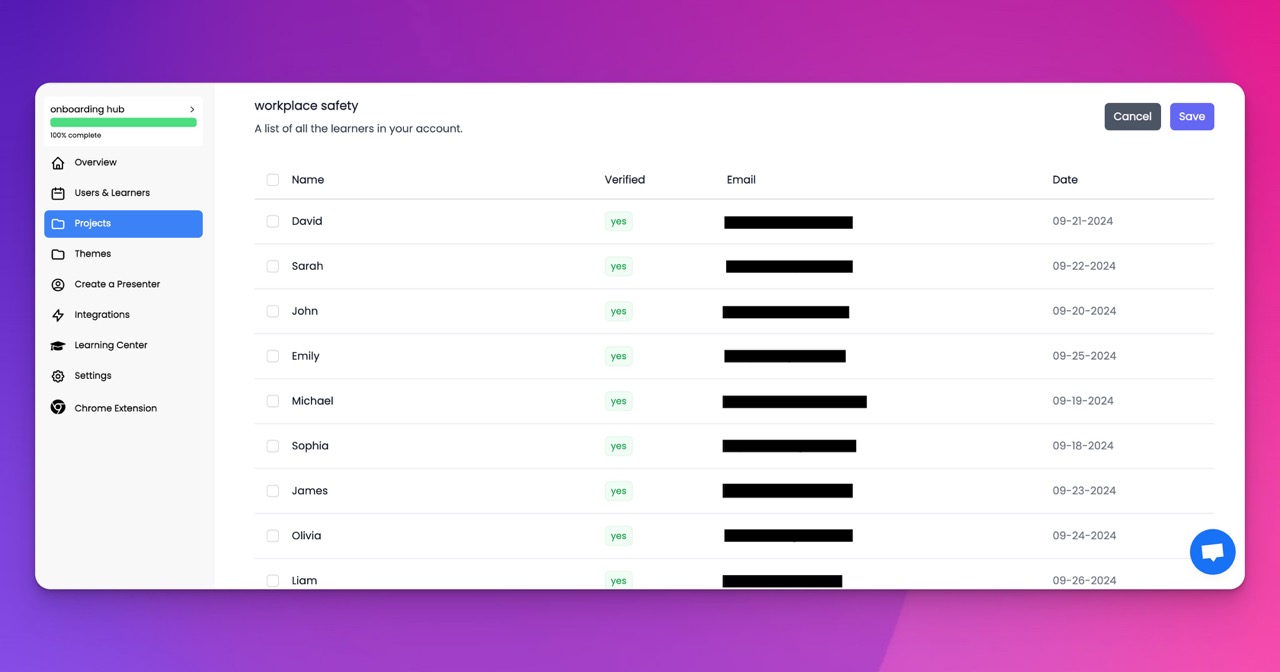🎉 Trainday now integrates with Zendesk and Hubspot 🎉 Trainday now integrates with Zendesk and Hubspot 🎉 Trainday now integrates with Zendesk and Hubspot
🎉 Trainday now integrates with Zendesk and Hubspot
🎉 Trainday now integrates with Zendesk and Hubspot
Contact
Public Services And Non-Profit
The Power of Microlearning: Short Explainer Videos for Quick Public Services and Non-Profit Insights
In today's fast-paced world, people are constantly on the move and looking for quick and easily digestible information. This is where microlearning comes in. Microlearning is the practice of delivering small, bite-sized pieces of information to learners in a short amount of time. This method has been proven to be highly effective in helping people retain information and apply it in real-world situations.
One of the most popular forms of microlearning is through short explainer videos. These videos are typically around 1-3 minutes long and cover a specific topic or concept in a clear and concise manner. This makes them perfect for public services and non-profit organizations looking to educate the public on important issues.
For public services, short explainer videos can be used to inform the community about new policies, programs, or services that are available to them. For example, a local government could create a series of videos explaining how to register to vote, apply for a business license, or access public transportation. These videos can be shared on social media, displayed on public access channels, or included in newsletters to reach a wider audience.
Non-profit organizations can also benefit from using short explainer videos to educate the public about their cause and the work they do. For example, an animal rescue organization could create a video explaining the importance of spaying and neutering pets, or a food bank could create a video showing how donations are used to feed those in need. These videos can help raise awareness about the organization's mission and inspire people to get involved and support their cause.
Overall, the power of microlearning through short explainer videos is undeniable. By delivering information in small, easily digestible chunks, public services and non-profit organizations can effectively educate the public and inspire action. So next time you have an important message to share, consider creating a short explainer video to get your point across quickly and effectively.
Accelerate Compliance.
Deliver OSHA-Ready Courses Instantly.
Empower your team with data-driven training solutions tailored to your industry's safety standards. Stay compliant, reduce risks, and boost productivity with AI-powered course creation.
